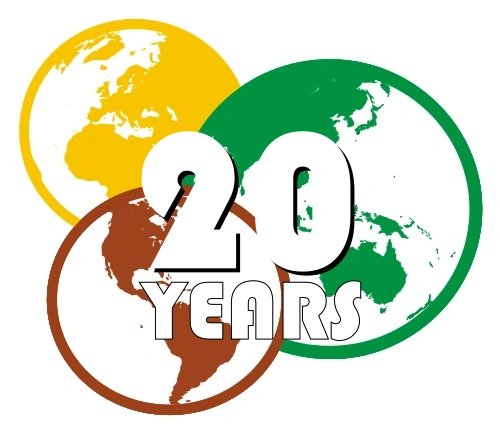| Socialist Republic of Romania Republica Socialistă România Timeline: Cherry, Plum, and Chrysanthemum
OTL equivalent: Romania without Northern Transylvania and Northern Dobruja | ||||||
|---|---|---|---|---|---|---|
|
||||||
| Motto: Proletari din toate țările, uniți-vă! (Romanian) ("Proletarians of all countries, unite!") |
||||||
| Anthem: Trei culori |
||||||
| Location of Romania
|
||||||
| Capital | Bucharest | |||||
| Official languages | Romanian | |||||
| Ethnic groups | Romanians; Hungarians; Romani | |||||
| Religion | Irreligion; Christianity | |||||
| Demonym | Romanian | |||||
| Government | Unitary state; Single-party socialist state | |||||
| - | President | Valentin Ceaușescu | ||||
| - | Prime Minister | Victor Iovici | ||||
| Legislature | Great National Assembly of Romania | |||||
| Establishment | ||||||
| - | Independence from the Ottoman Empire | May 9, 1877 | ||||
| - | Establishment of the Romanian People's Republic | April 13, 1948 | ||||
| Area | ||||||
| - | Total | 179,726 km2 69,393 sq mi |
||||
| Population | ||||||
| - | estimate | 20,121,641 | ||||
| Currency | Altyn (ALT) |
|||||
| Time zone | EET (UTC+2) | |||||
| Internet TLD | .ro | |||||
| Calling code | +40 | |||||
Romania (Romanian: România), formally known as the Socialist Republic of Romania (Romanian: Republica Socialistă România), is a country located at the crossroads of Central, Eastern, and Southeastern Europe. Geographically, it borders the Black Sea to the southeast, Bulgaria to the south, the Soviet Union (via the Ukrainian and Moldavian SSRs) to the north and east, Hungary to the west, and Serbia to the southwest. It has a predominantly temperate-continental climate. Its capital and largest city is Bucharest, and other major urban areas include Timișoara, Iași, Craiova, Brașov, and Galați.
Politics and government[]

The Palace of Parliament, the seat of the Great National Assembly.
Romania is a socialist state based on the constitutional framework as laid by the 1965 Constitution of Romania. Like the previous constitutions of Socialist Romania, the 1965 constitution is influenced by the Soviet political framework, although with few but significant differences. It declares the powers of state belongs to the working people which are exercised through the people's councils which in turn are directly elected by the voters. However, similarly to other socialist states, the leading role of Romanian Communist Party (Partidul Comunist Român, PCR) is specifically mentioned in the constitution which in practice severely limiting oppositional activities, effectively creating a one-party system.
Candidates to the people's councils are selected beforehand by the Front of Socialist Unity and Democracy, which controlled by the PCR, and the voters are only presented with a single list of candidates. The electoral processes take place every four years from the bottom up. The delegates of the people's councils in the district level are elected to the level immediately above up until the Great National Assembly (Marea Adunare Națională), the supreme decision-making body of Romania, at the highest level. The Assembly has the power to, among other things, amend the constitution and appoint and depose the state officials with simple majority.
The Assembly elects the President of Romania (Președintele) for a five-year term on the recommendation of the Party's Central Committee and the Socialist Front, with no term limits. The President appoints and dismisses Prime Minister (Prim-ministrul), other ministers and heads of central agencies. Since 1974, the officeholders are belongs to the members of Ceaușescu family. Dubbed as the "world's only communist monarchy", the political influence and control of Ceaușescu family is perceived to be above the party elite, making Romania a hereditary dictatorship in practice rather than an usual one-party socialist state.
Judicial power is vested in a hierarchical system of courts, culminating with the supreme court: Supreme Tribunal (Tribunalul Suprem), whose judges are appointed by the president. The Tribunal is led by a president, seconded by a vice-president and the leading council. Below the supreme court exists Courts of Appeal, county courts and local courts. A number of specialized courts (tribunale specializate) also exist. The military court system is organized into three tribunals, the Territorial Military Tribunal and the Military Court of Appeal. The judicial branch is not independent and subjugated to the interests of ruling Communist Party in general and of Ceaușescu family in particular.
History[]
References[]
Further readings[]
| |||||||||||



